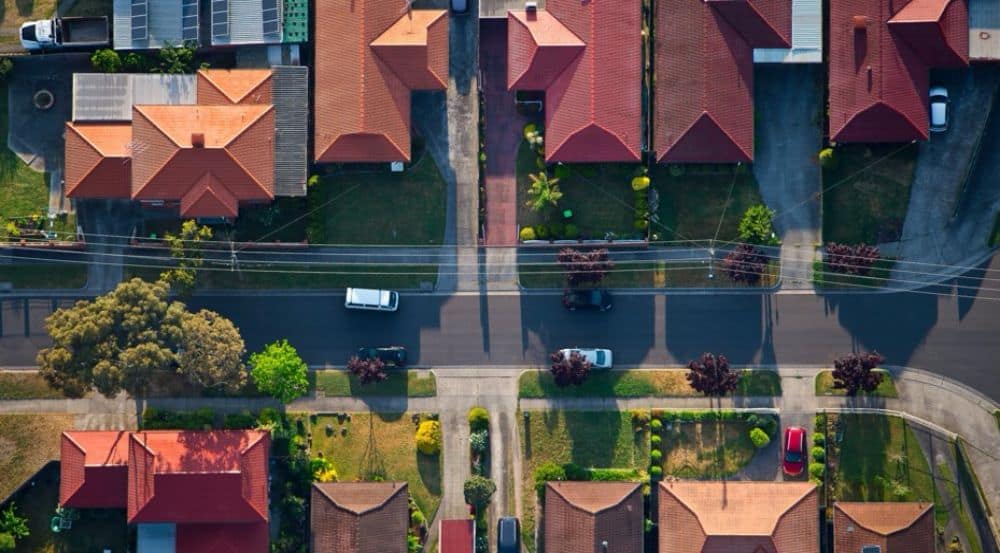Are blocks getting smaller? It appears they are.
Where once upon a time, Australians dreamt of a quarter acre on which to build their family home, today’s sizes are shrinking fast. Strong demand for smaller blocks is driven by cost and availability, but may also appeal to those looking for a lower maintenance lifestyle.
In fact, last year’s buzz was around ‘micro blocks. The first of their kind, these dainty 80sqm allotments are the smallest titled blocks so far in Western Australia. They’re a natural companion to the Tiny House fad, and there are even predictions that smaller blocks could be seen in the future.
So, is there a lot to love about a small lot? And why are Aussies opting for smaller blocks?
The stats
Last year’s published National Land Survey (NLSP) divulged some interesting statistics. The comprehensive report is sponsored by the Urban Development Institute of Australia.
“Nationally, the median lot size at the end of 2016 was 407 square metres which is 5 per cent less than the year before and 11 per cent below the median in December 2014”, it states. That’s quite a substantial drop in just two years. But is it reflected in overall price? Quite the contrary.
“The reduction in lot sizes, coupled with the rises in lot prices, has delivered a significant increase in the price of land on a square metres basis. The national median price, at $602 a square metre, is 13 per cent higher than a year ago and 20 per cent higher than December 2014.”
In fact, the national median average increased by a substantial 10%, with an average block price of $287,000.
Not surprisingly, Sydney has the most expensive land, with a median advertised price of $465,000.
Affordability
Despite the median pricing increase for vacant land, affordability still remains a key factor for buyers seeking out smaller digs.
Because a variety of housing types can still be considered for modest blocks, buyers can feel like they aren’t restricted by their downsized space.
A townhouse, for example, means building upward to the sky and maximising the space afforded. The demand for townhouse dwellings is increasing – they are now very much seen as an enticing option by many for a family home.
Changing demographics
The changing demographics of Australia are reflected in the decreasing size of blocks.
Much of the trend is driven by people who have sold the family home but don’t want to move out of the area. The solution is to buy a townhouse which still offers ample room instead for guests and memorabilia, but takes away the need for outdoor upkeep.
There’s also a rise in how many people purchase their first dwelling alone, or as a childless couple, meaning that they have no need for the big lawn out the back or tons of storage.
The increase in suburban activity centres, and surrounding infrastructure, has also changed how people live.
With major shopping centres, services, sporting grounds and seamless transport connectivity in many suburbs outside of city centres, there is a demand to be amongst it all. This is bolstering the need for more residential developments with smaller allotments in close proximity to these amenities.
Low maintenance life
People are also living longer, on average, yet are going out more. Extensive mowing and upkeep and toiling over lush grounds seems to be less appealing to each new generation, in metropolitan areas and cities anyway. Today’s house buyers want to be able to travel, go out frequently and spend long hours at work without coming home to a second shift in the garden.
All of this is attributing to higher density living and a noticeable drop in the ‘quarter-acre’ blocks that were popular a quarter of a century ago.
If you’ve been thinking on a small block yourself, have a chat to your local real estate agent and see if they can talk you through options for a modest block in your desired area.
